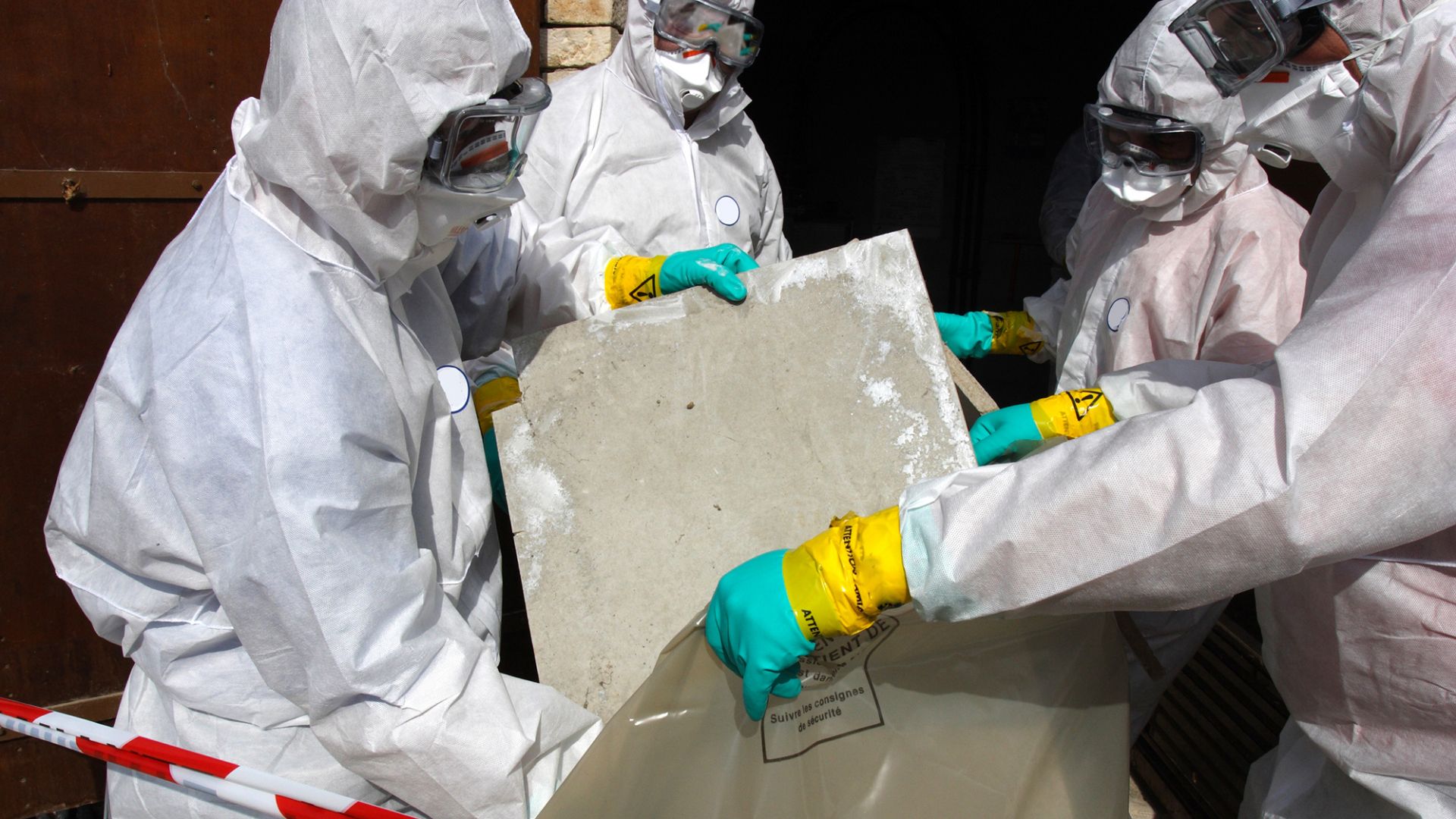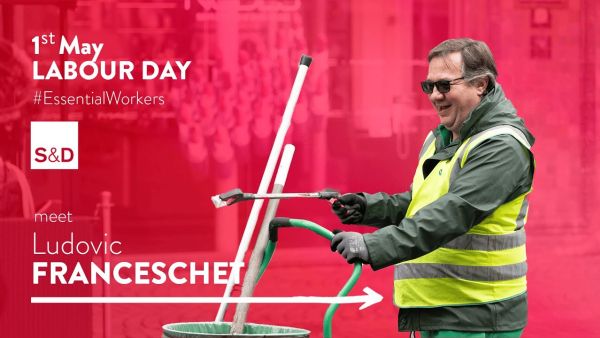Only two months ago, the European Parliament was ready to negotiate for asbestos-free work, with a strong mandate for talks with EU member states. The positions were far apart. Yet today, the co-legislators unexpectedly used momentum to strike a deal under the Swedish Presidency on the revised European law on the protection of workers from asbestos. This agreement will significantly improve the safety and health of workers exposed to asbestos.
A good compromise was reached based on the technology used for measuring the exposure to asbestos. Currently, there are two different electron microscopes used in the EU to measure asbestos fibres in the air. The deal reached today allows member states to continue using, or to put in place, any of the two microscopes while making sure that the equivalent protection of workers is guaranteed. That means a limit value of 10,000 fibres/m3 for transmission microscopy measuring thinner fibres and 2,000 fibres/m3 for scanning microscopy measuring thicker fibres. There is a transition period of 6 years to introduce some of these measures.
Marianne Vind, MEP and S&D negotiator on the EU legislation on workers’ protection from asbestos, said:
“There are no safe levels of exposure to asbestos. The Commission’s proposal was an improvement of the current situation. However, as the exposure to asbestos is expected to increase rapidly, the Parliament believes that we need to be more ambitious. The EU is expected to renovate around 220 million buildings within 30 years as part of the renovation wave, aiming to make buildings fit for a climate-neutral future by 2050.
“In addition to the exposure limit, we have been calling for many other improvements. We have achieved stricter and more detailed provisions on protection and personal protective equipment, training, notification, decontamination, and medical surveillance, including the updated list of asbestos-related diseases. A major success for our political family is also a restriction of the encapsulating or sealing of asbestos. Removal of asbestos should always be the first option. To achieve this, mandatory screening is necessary. Furthermore, we secured a recognition of the high risk of passive exposure of workers, such as teachers or people working in buildings where asbestos is decaying or is disturbed due to repairs or construction, and of secondary exposure of family members of workers who bring home contaminated clothing. Finally, we made sure that sporadic or low-intensity exposure cannot be an excuse for maximum protection of workers."
Agnes Jongerius, MEP and S&D spokesperson for employment, added:
“Health and safety at work have always been our top priority. Strict European rules on asbestos at work are a vital part of these efforts, but we need stronger action to achieve an asbestos-free Europe and world.
“We are now expecting the Commission to put forward, without delay, the promised legislative proposals on mandatory screening and registration of asbestos in buildings, revision of the EU Construction and Demolition Waste Management Protocol, and the guidelines for the waste audits before demolition and renovation works of buildings, with a particular focus on renovation works and asbestos.
“Approximately 250,000 people across the world die each year due to asbestos exposure. Our ultimate goal is a global ban. Only asbestos-free work is safe work, and only an asbestos-free world is a safe world.”
*Note to editors:
While asbestos has been banned in the European Union since 2005, and even before that in many member states, many buildings built before then still contain asbestos, and 80% of work-related cancers recognised in the Union are linked to this substance.
It is estimated that 4.1 to 7.3 million workers are exposed to asbestos. 97% of these workers are in the construction sector, including related occupations such as roofers, plumbers, carpenters, and floor layers, but also firefighters and 2% are in the waste management industry.
According to the 2019 data, occupational exposure to asbestos claims around 88,000 lives a year, and this number is expected to rise in the late 2020s and 2030s.
An increased risk of cancer has been observed in people exposed to even very low levels of asbestos or by passive or second-hand exposure.
The cost of occupational cancer in the European Union is estimated to be between €270 and €610 billion per year, equalling 1.8% to 4.1% of GDP.
In September 2022, the Commission proposed the revision of the 2009 directive designed to protect workers from asbestos-related risks. Today, the co-legislators, the European Parliament and EU member states, negotiated a deal based on the proposal. This deal now still has to be officially confirmed by both sides.











